You find a lot of cemeteries in a city that is more than 300 years old. And in New Orleans, its unique above-the-ground tombs have earned the cemeteries the nickname ‘Cities of the Dead’, and have become one of the top tourist attractions.
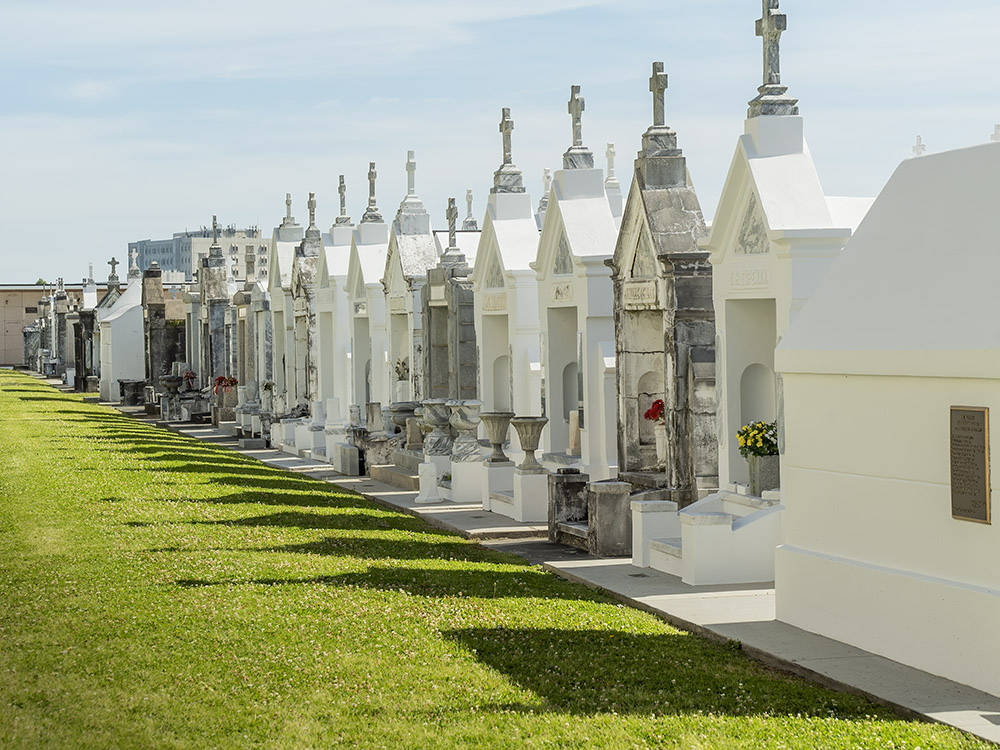
A final resting place in New Orleans can be built of granite, brick or marble, enclosed by an iron fenced. Some tombs tower above a crowded landscape of burial vaults and family monuments. The oldest cemetery is St. Louis Cemetery No. 1, which dates from 1789 and is located on Basin Street on the edge of the French Quarter.
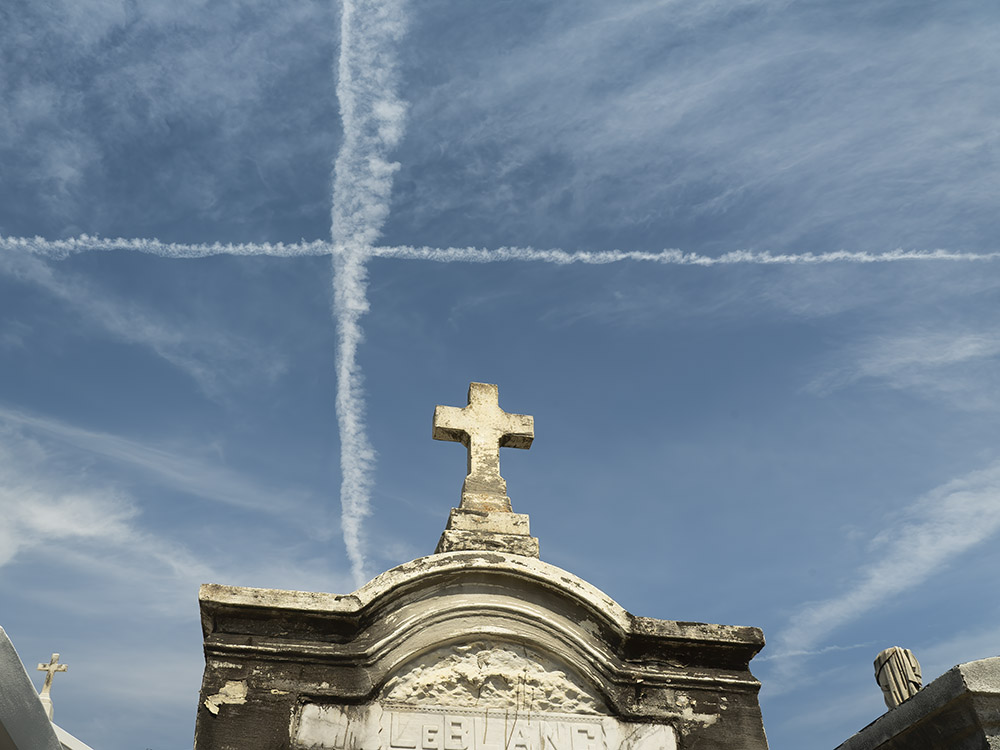
As New Orleans grew, so did its cemeteries, with St. Louis No. 2 opening in 1823, and St. Louis No. 3 in 1854. In New Orleans and much of southern Louisiana, the ground is too wet and the water table too high for below ground burials. And with land in short supply, the above ground tombs are re-usable.
Many of the tombs have upper and lower vaults, explains Sherri Peppo of the Archdiocese of New Orleans, which owns the cemeteries. “Each vault is used,” Peppo says, “and then when we go back in to reuse it, that casket is disposed of and the remains are placed into a body bag and placed into the vault with the new casket coming in.”
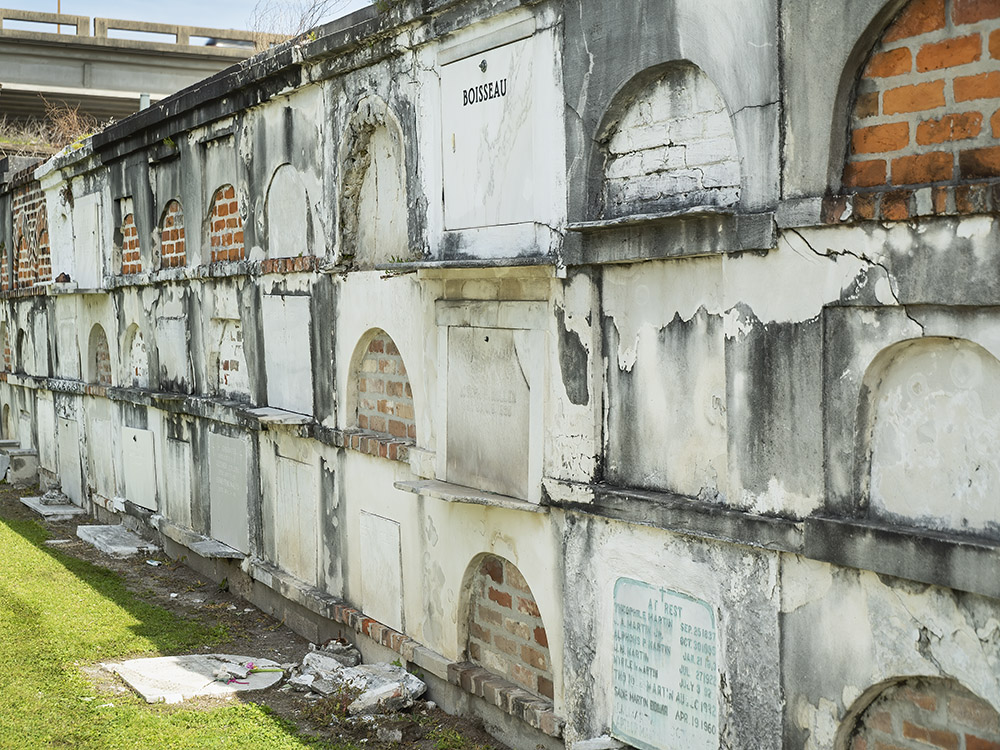
With some of the vaults crumbling and threatened with demolition in the 1970’s, a group called ‘Save Our Cemeteries’ began its work to preserve these unique burial places. Amanda Walker of ‘Save Our Cemeteries’ says, “In the mid-1800’s, especially in the French population here, they wanted stylish tombs like the ones in Pere-Lachaise in Paris”. She adds, “I particularly like St. Louis Number Two because it’s an Antebellum-era cemetery, so you see a lot of this beautiful plaster work, iron work, and marble, it’s just a little more elaborate”.
A stroll through New Orleans’ oldest cemeteries reveals a lot of the city’s history, like the tomb of Ernest Bellocq, a photographer known for his portraits of many of the ladies of Storyville, the city’s famed red light district. You can view the elaborate columned tomb of James Gallier Jr., who is considered the “Architect of New Orleans’.
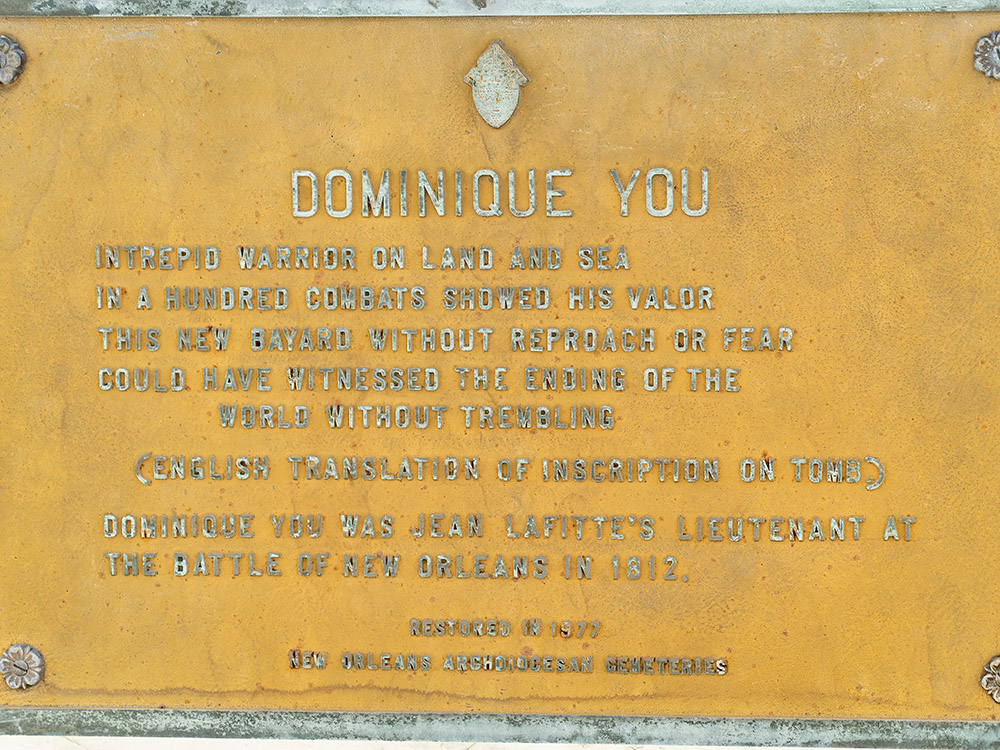
In St. Louis Cemetery No. 2, you will find the tomb of privateer Dominique You, Jean Lafitte’s Lieutenant. And not far away, the tomb of the self-proclaimed “Emperor of the Universe”, Ernie K-Doe, known for his 1961 hit song, “Mother-In-Law”.
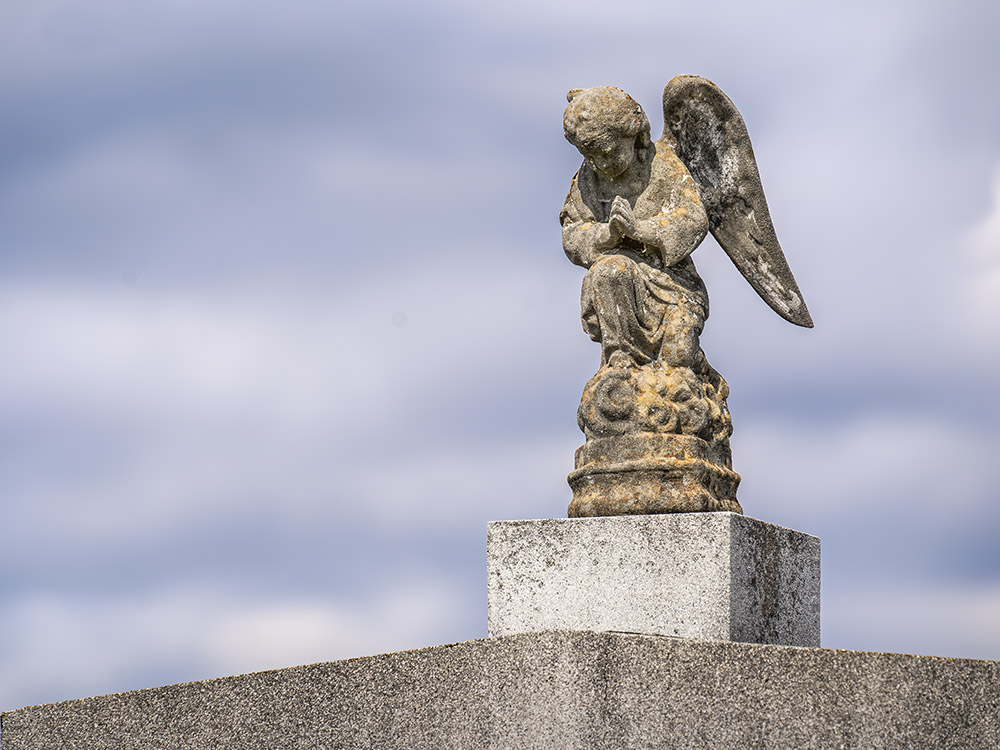
While St. Louis Cemeteries No. 2 and No. 3 are open to the public, the oldest cemetery, St. Louis No. 1, has limited accesss for family members with passes and registered tours. Sherri Peppo of the Archdiocese explains, “The tour operators help us to see who’s coming in with their groups to make sure that they’re not touching the old plaster, not trying to break open the bricks on the front of the tomb, and not littering.”

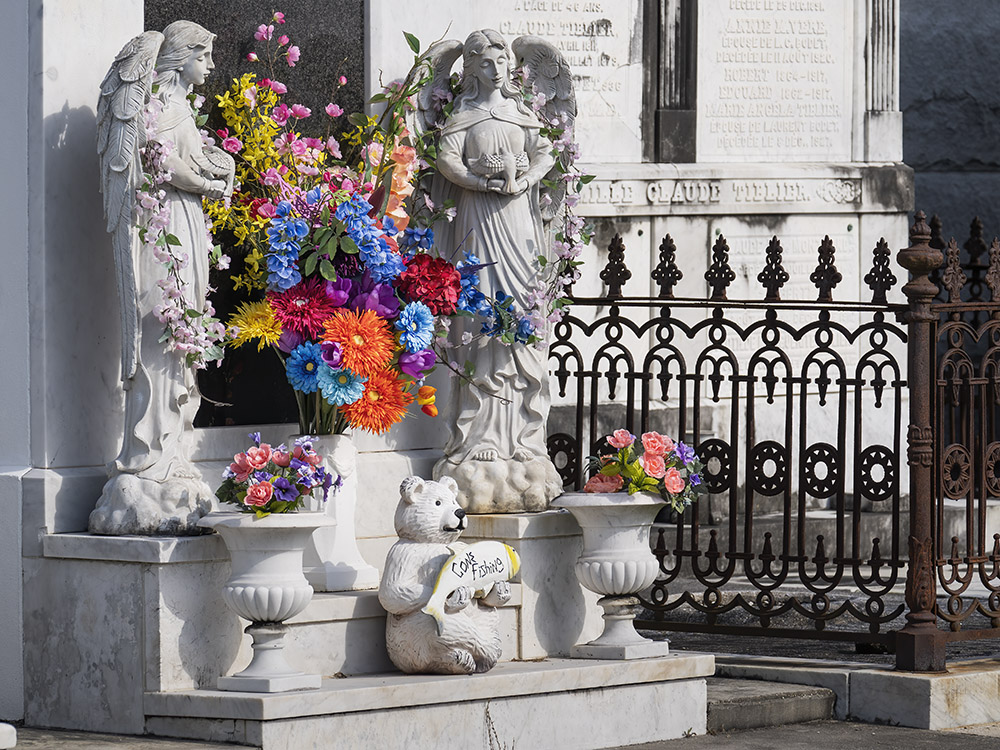
The other cemeteries are open during the day. You can pay your respects to loved ones and friends, quietly explore the elaborate memorials, take photographs, or just enjoy a peaceful stroll in a place that is walled-off from a busy city.
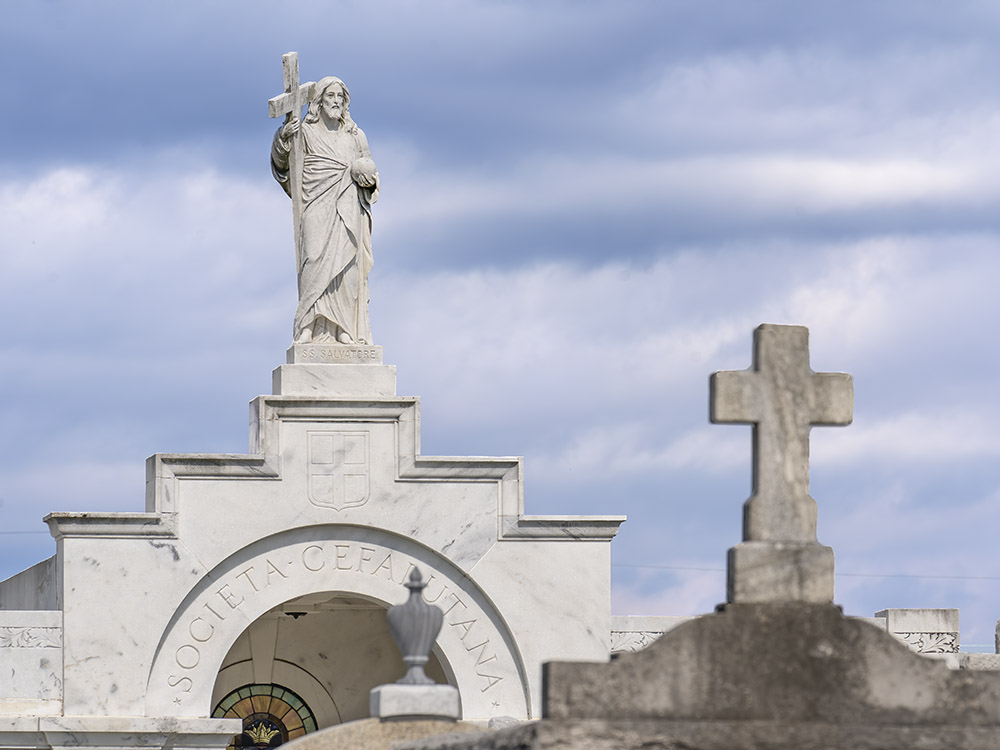
Amanda Walker compares the cemeteries to outdoor museums, “And they deserve respect just like any other cultural institution and they need to be saved”. These ‘Cities of the Dead’ can tell us so much about what we value in our lives.
3421 Esplanade Ave, New Orleans, LA 70119
300 N Claiborne Ave, New Orleans, LA 70112
425 Basin St, New Orleans, LA 70112

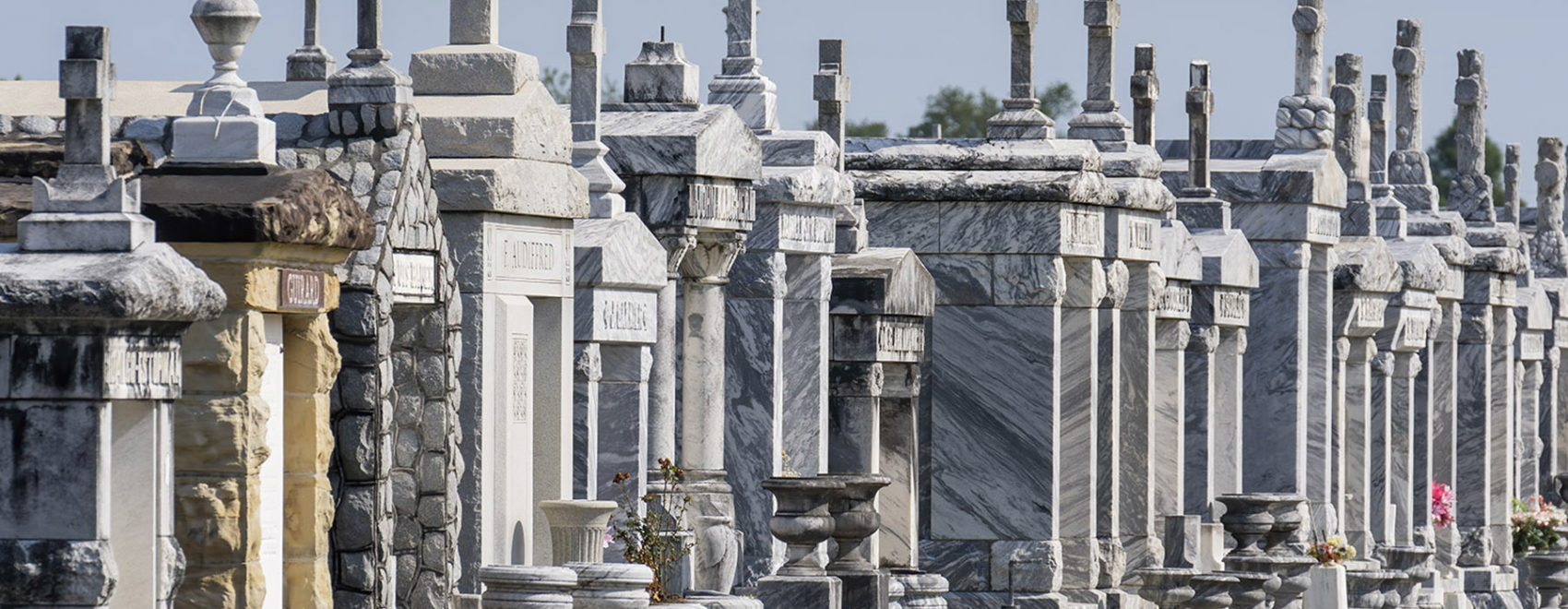
Leave a Reply